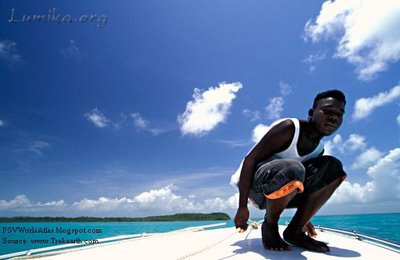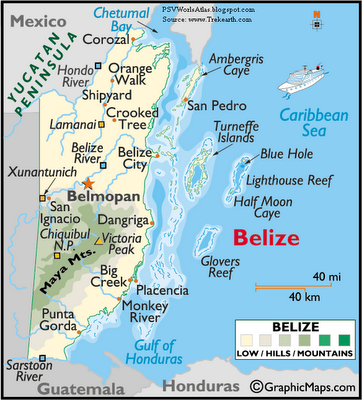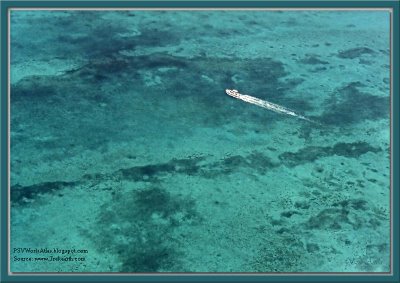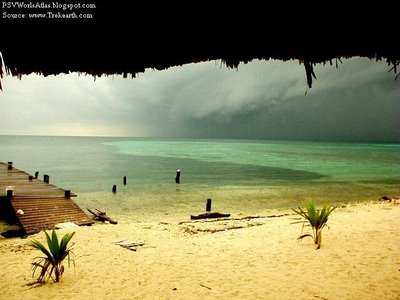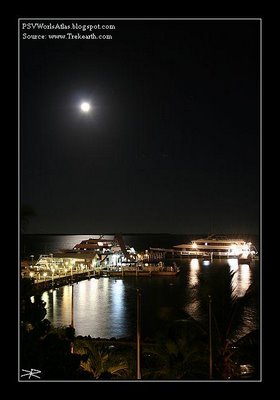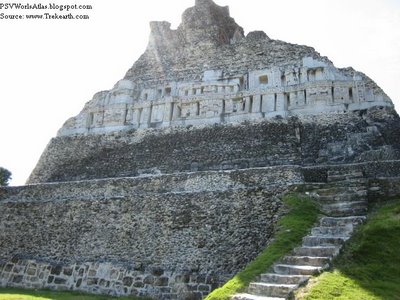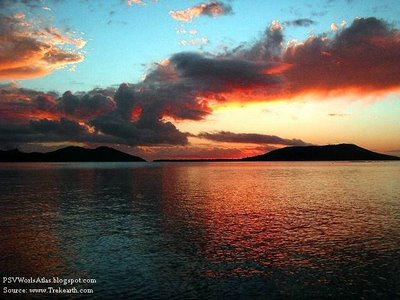





Facts and Figures
Official Name: Republic of Benin
Population: 6,938,700 (92 out of 192 Countries)
Capital City: Porto-Novo (237,000)
Largest Cities: Cotonou, Porto-Novo, Parakou
Currency: CFA Franc
Latitude/Longitude: 6°48 N, 2°63 E
Languages: French (official), tribal languages
National Day: 1 August; National Day
Religions: Muslim, Christian, traditional beliefs
Land
Land Area: 110,620 sq km (42,710 sq miles) (99 out of 192 Countries)
Landforms: From a narrow and somewhat sandy coastal area, the marshy land and lagoons of the south rise into the La Terre de Barre Plateau, consisting of a wooded savannah that continues on into the foot hills of the Atakora Mountains of the northwest, a branch of the Togo Mountains. From there, the land slopes down into a broad plain, and on to the Niger River valley of the far northeast. The Niger and Oueme are the country's major rivers.
Highest Point: Mt. Sokbaro (658 m) (2,158 ft)
Lowest Point: Atlantic Ocean, sea level
Climate: Benin is tropical; hot and humid in south; semiarid (quite dry) in north. Overall, the dry season runs from November to April, and a rainy season from the end of April through September. The mean temperature is near 80 degrees.
